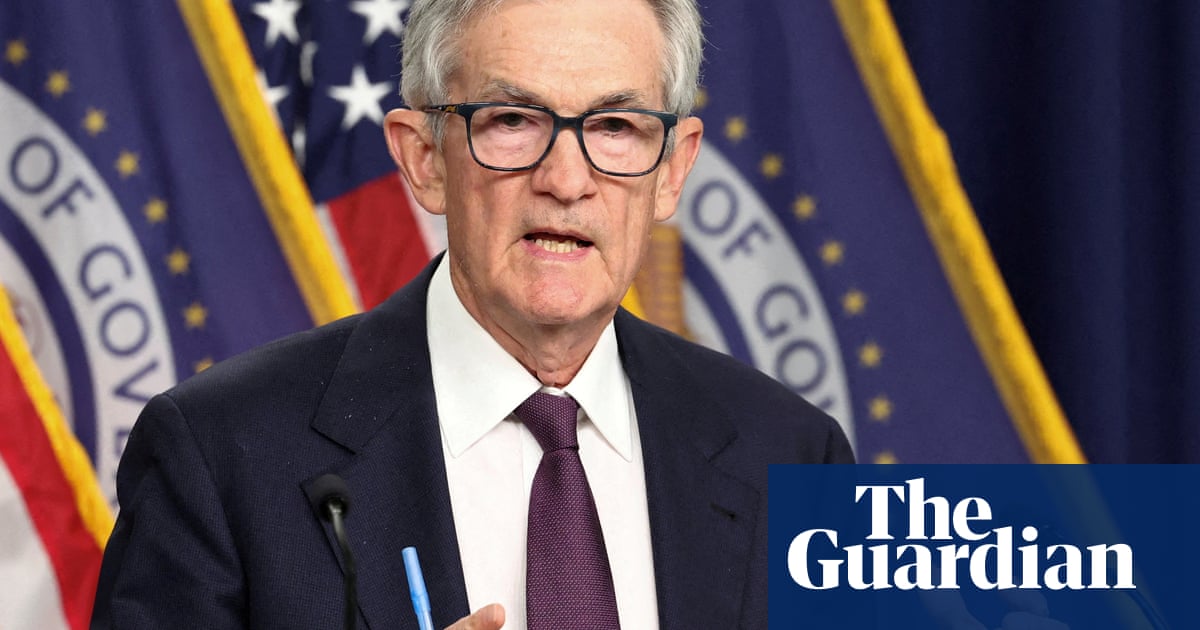TheFederal Reserveissued a rare, strongly wordedstatementon Thursday after chair Jerome Powell spoke with Donald Trump at the White House Thursday morning, holding firm on the central bank’s independence amid pressure from Trump to lower interest rates.
The three-paragraph statement emphasized the Fed’s independent, nonpartisan role in setting monetary policy based on economic data.
“Chair Powell did not discuss his expectations for monetary policy, except to stress that the path of policy will depend entirely on incoming economic information and what that means for the outlook,” the statement read.
Powelltold Trump that he and other Fed officials “will set monetary policy, as required by law, to support maximum employment and stable prices and will make those decisions based solely on careful, objective, and non-political analysis,” according to the statement.
That the Fed, which tends to be extremely reserved with public statements, issued the brief memo shows that officials are aware of Trump’s pressure campaign and are standing firm on the Fed’s independence.
At Thursday’s White House press briefing, press secretary Karoline Leavitt said that the Fed’s statement is “correct” but that Trump “did say that the Fed chair is making a mistake by not lowering rates”.
Historically, presidents show deference to the Fed, respecting the central bank’s independence. But over the last few months, Trump has tried to publicly pressure Powell to lower interest rates, as the Fed did last year, though officials say that the economy – thrown into a tailspin from Trump’s trade war – has become too unstable to continue lowering rates.
After Trump’s “liberation day” in early April, when he announced a slate of tariffs that ended upcrashing US stock markets, Trump wrote on social media: “This would be a PERFECT time for Fed Chairman Jerome Powell to cut Interest Rates. He is always ‘late,’ but he could now change his image, and quickly.”
Powell, who was appointed during Trump’s first term in 2018, has resisted the pressure from Trump and has warned that high tariffs could lead to inflation and, earlier in May, said that officials are “in no hurry” to cut interest rates – all statements that seem to have put Trump on edge.
“‘Too Late’Jerome Powellis a FOOL, who doesn’t have a clue,” Trump wrote after the Fed’s meeting.
Trump had previouslythreatenedto fire Powell, though it’s unclear whether the president has the power to do so. Last week, the supreme court allowed Trump to follow through on his dismissal of officials on the National Labor Relations Board, the panel that oversees labor disputes, but judgesnotedthat the Federal Reserve is a “uniquely structured, quasi-private entity” – implying that it likely won’t be so easy for Trump to get rid of Powell.
